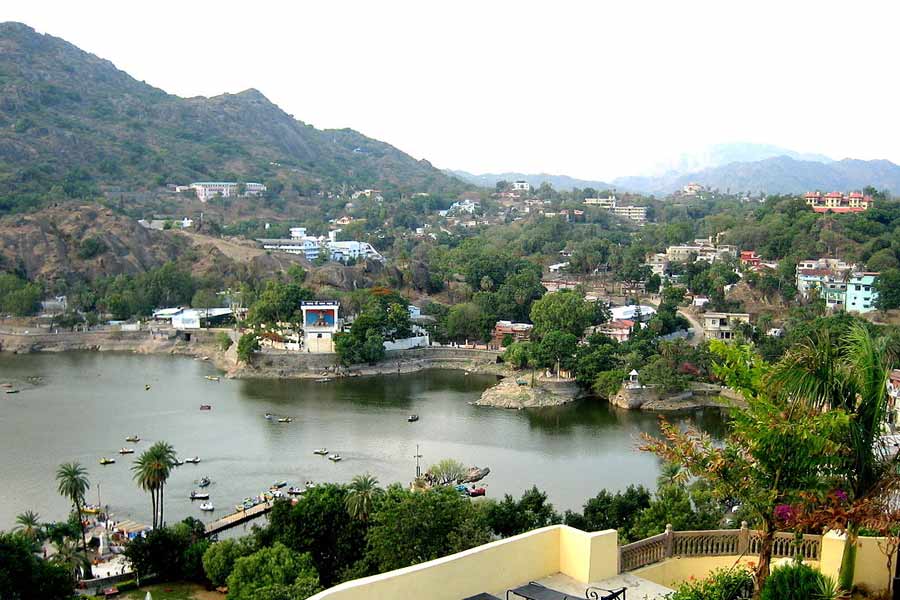 |
Patna, June 29: Devotion can bring peace of mind to many but not to the devotees at the famous Hanuman Mandir near the Patna Junction. The station area is the noisiest place in the city, according to a report prepared by Bihar Pollution Control Board (BPCB).
The noise level in the area has been recorded at 86.8 decibels for 2010-11.
“Hanuman Mandir is the most sought-after destination for devotees across the state. The environment here used to be soothing just a decade ago. But now, even early morning prayers have become a noisy affair,” said Patna resident Upendra Upadhyay, a regular at the temple.
Acharya Kunal Kishor, secretary, Mahavir Mandir Trust, said: “A citizen felicitation counter at the entrance of the temple has been making announcements for the past six months about the increased noise level but it has been of no use. I had written a letter to the divisional commissioner of Patna three months ago to find a solution to the problem but in vain.”
The neighbourhood of the temple is not an isolated case. Most of the places in the city emit noise levels that are harmful to the eardrums.
According to the report on Noise Level Monitoring of Patna town, 14 out of 23 locations under sensitive/silence zone, 11 out of 29 locations under residential zone, 25 out of 33 locations under commercial zone and four out of seven locations under industrial zone have ambient noise level above the permissible limit, as prescribed by Noise Pollution Control Rule, 2000, under Environment Protection Act, 1996. Noise Pollution (Regulation and Control) Rules, 2000, empowers an individual to complain to the authorities.
The alarming noise level in a majority of areas in the city has become a cause of concern for healthcare experts. They claim there has been a recent surge in the number of patients suffering from disorders related to continuous exposure to loud noise.
Dr Chandrashekhar, the head of ear, nose and throat department of Nalanda Medical College and Hospital, said noise-induced hearing loss is permanent and incurable. Prevention is the only solution.
He said: “According to World Health Organisation guidelines related to noise pollution, continuous exposure of human ear to any sound above 90 decibels (dB) can cause noise trauma. This can be manifested by uneasiness, headache and nausea that can lead to irreversible hearing loss. Children and people above the age of 50 are most vulnerable to noise-induced hearing loss. Hearing impairments are of two types — temporary and permanent. If the sound is more than 60 decibel for eight to 10 hours a day, then it will produce slow hearing loss, manifested by temporary hearing threshold shift. Normal hearing will be restored when the person is shifted from an unfavourable to a favourable place. After continous exposure over a period of time, this can transform into permanent hearing threshold shift that can cause permanent hearing loss.”
“On the other hand, exposure to sound levels above 90 decibel for three to four hours a day can lead to headache, uneasiness and indigestion. Exposure to more than 120 decibel of sound for an hour or two will cause high blood pressure, hardening of the arteries and insomnia, accompanied by permanent hearing loss.”
Manoj Kumar Singh, member secretary, BPCB, told The Telegraph: “We are concerned about the increasing noise-level in Patna and appeal to all the agencies concerned to implement the regulations properly to maintain an overall balanced ambient noise-level in the city.”











